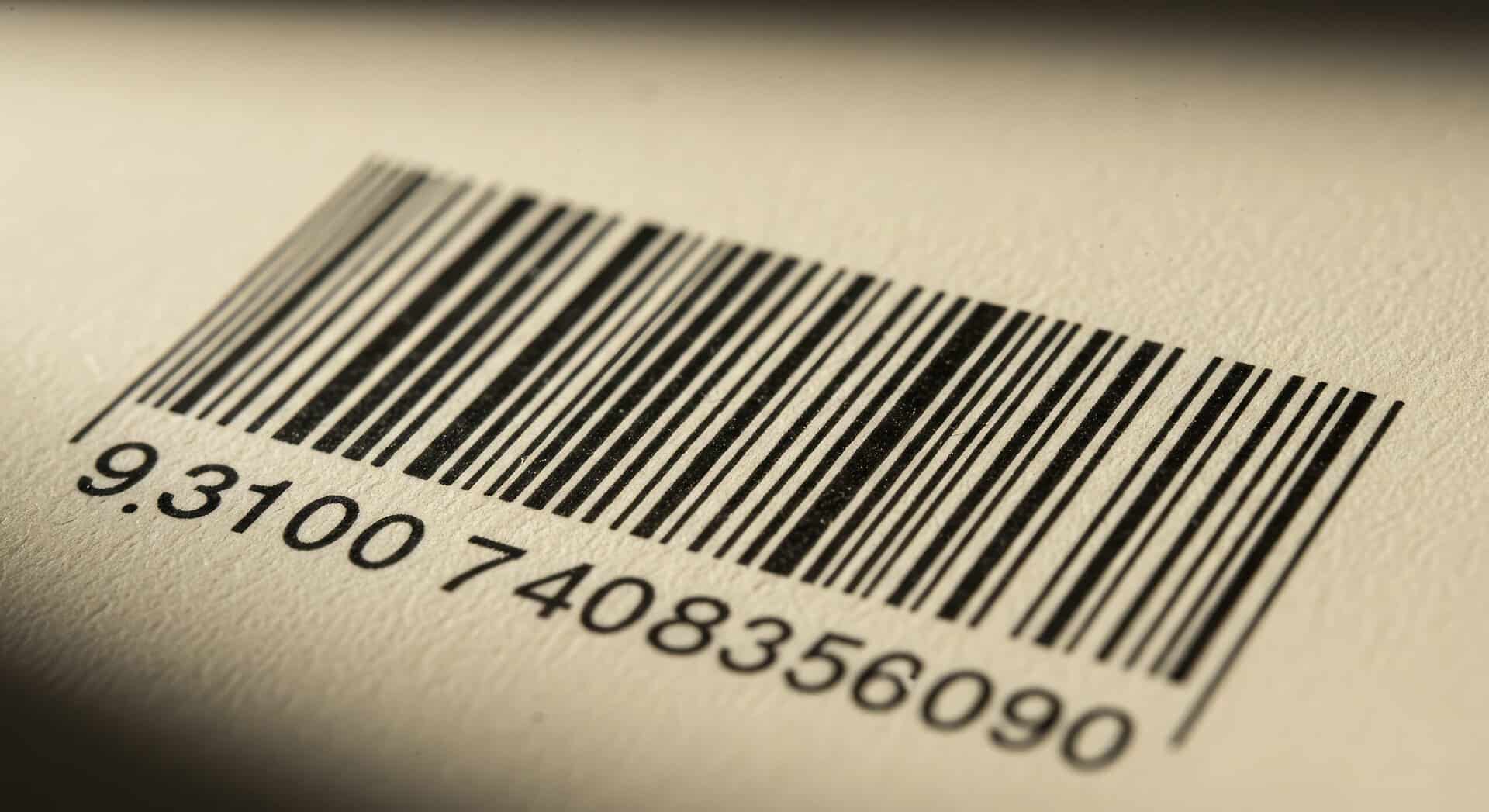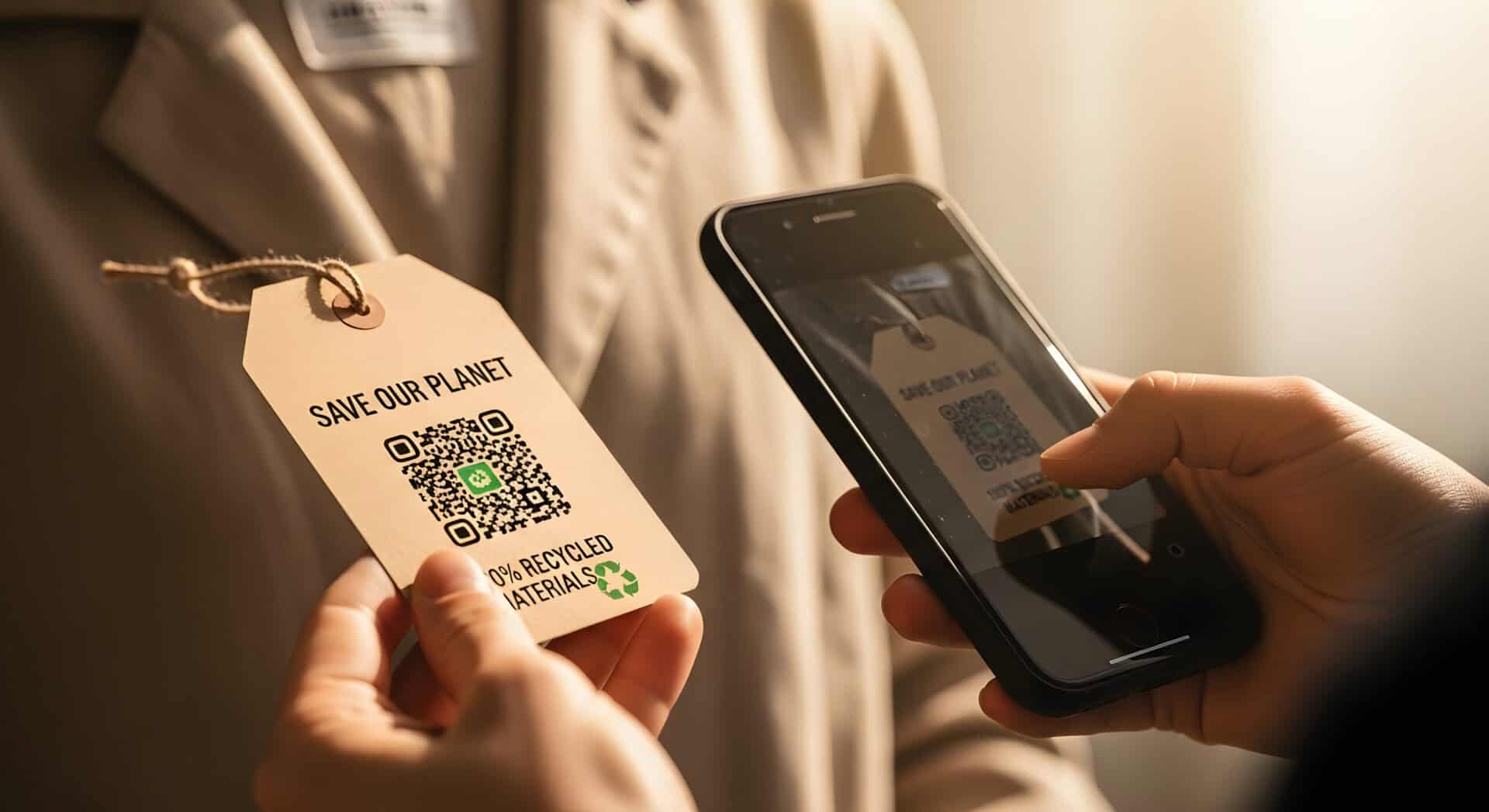Label printing and application doesn’t have to be a hassle for your business or for your employees. Manual label printing, peeling, and sticking has very few benefits. Incorrect or poor placement can make barcodes difficult to read, specially on irregular shaped items. Manual label placement can also be a time-consuming process that is a drain on employee time.
Print and apply labeling systems can all but eliminate these manual printing problems. Offering a customized solution for the price of a standard solution, print and apply labeling systems are easy to assemble, maintain, and upgrade. They are capable of handling delicate and rigid labeling surfaces, and ideal for companies in a wide array of industries.
There are a flexible and diverse array of print and apply label application techniques available. Take a moment to consider these different options in regards to your company’s labeling needs in order to choose the best print and apply technique for your business. Many of these methods can also be combined with RFID technology to improve tracking, accuracy, and overall efficiency.
- Corner Wrap
If your production space is limited, a corner wrap printer applicator may be for you. Corner wrap applicators are generally compact in size, giving businesses freedom when it comes to their layouts. Corner wrap labeling places one label across two adjacent box panels. Corner wrap printing and labeling systems can handle a variety of case or pallet sizes and application speeds.
- Roll-On
Combining the accuracy and flexibility of wipe and tamp applicators, roll-on systems are used for applying long labels such as those found on reams of paper, shrink wrapped pallets, and soft goods. These systems provide consistent label placement on both flat and slightly uneven product surfaces.
- Wipe
Wipe systems are used for many product surfaces traveling at a consistent speed. This application technique can handle side, top, or bottom labeling requirements. This design is an airless solution that can optimize application time and product throughput.
- Swing Arm Applicator
Swing arm applicators apply labels to the leading (front) or trailing (back) panel of the product, with some systems capable of labeling the front and side panel at the same time. The pneumatically controlled arm extends, allowing the label to be presented for a smooth, flat application to the leading or trailing panel. Swing arm applicators are typically used to label cases and pallets, and can use a wide range of label sizes.
- Dual Action Tamp
A dual action tamp (DAT) applicator is a high speed, versatile application option. These are used to print and apply individual labels to multiple product surfaces. DAT applicators combine the benefits of a swing arm and a tamp apply in the module. The DAT can be easily configured for single or dual panel label applications onto adjacent panels and various uneven surfaces. Mounting options for these printer applicators are diverse, and varies depending on your labeling needs, including label size, and the size and position of your product.
- Blow Applicator
Blow applicators allow for applying labels to soft, fragile, curved, or uneven product surfaces. Blow can be used from a fixed position or in conjunction with a tamp apply applicator module. This applicator uses a burst of air to propel the label onto the product surface, and can accommodate both fixed and custom label sizes.
- Tamp Apply
Tamp apply applicators are optimal for small to medium labels with even application surfaces. It uses a pneumatic cylinder or electric actuator to extend and present the label to the product surface.
With tamp apply applicators, a label can be applied to products that are not edge justified on a conveyor line or may be randomly positioned across a conveyor using features such as smart sensing technologies or blow on application
Choosing the Correct Print & Apply System
Ultimately, the size of your production space, the size and shape of your product, and the type of label you need will determine which of these print and apply methods will work best for your company. Feel free to contact the experts at Lowry Solutions for any questions you have about which system would work best for you.


